
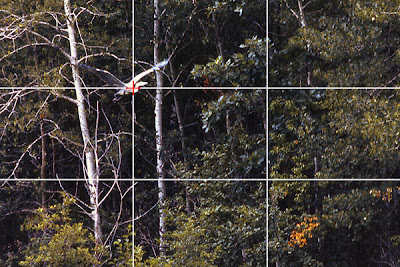
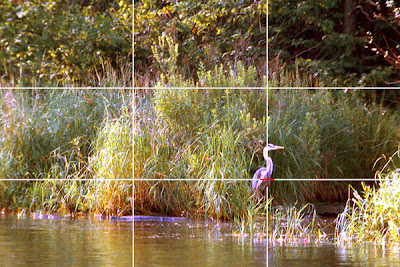
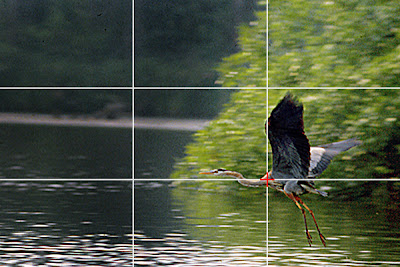
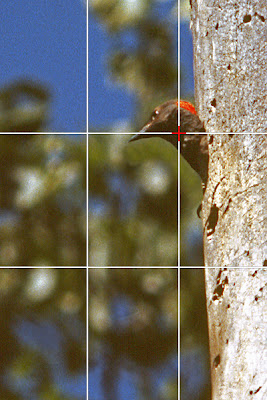
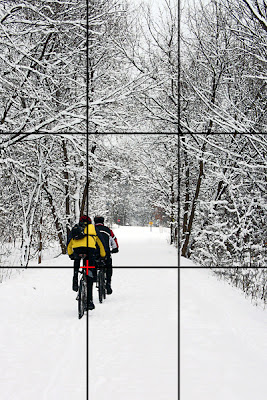
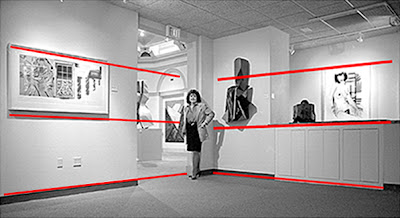
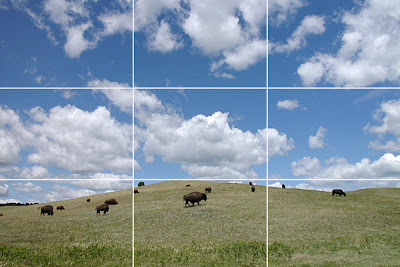


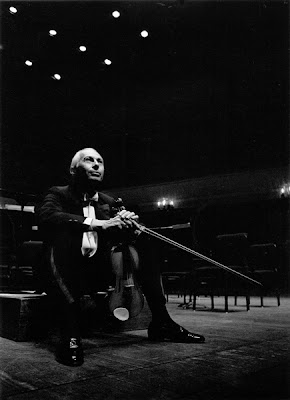




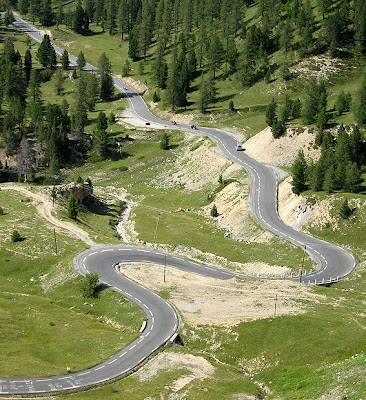
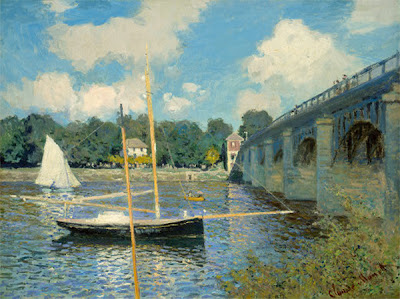
For other articles on this blog please click on Blog Archive in the column to the right
For other articles on this blog please click on Blog Archive in the column to the right

















For other articles on this blog please click on Blog Archive in the column to the right
By David FarKas, Leica Store Miami
Leica has unveiled a brand-new addition to the M lineup, the Leica M EV1. Marking the first time an M camera has featured an integrated electronic viewfinder, rather than an optical rangefinder, the M EV1 represents an evolution of the classic M concept. The camera blends the mechanical simplicity and feel that M photographers love with the flexibility and precision of a modern, integrated live view experience.
I was recently invited to a press event in Alba, Italy, where I had the opportunity to spend a couple of days shooting with the M EV1 and talk with the product managers from Wetzlar. I'm super grateful to Leica for including me in this wonderful event, where I was able to compare notes on the new camera with other photographers and content creators.
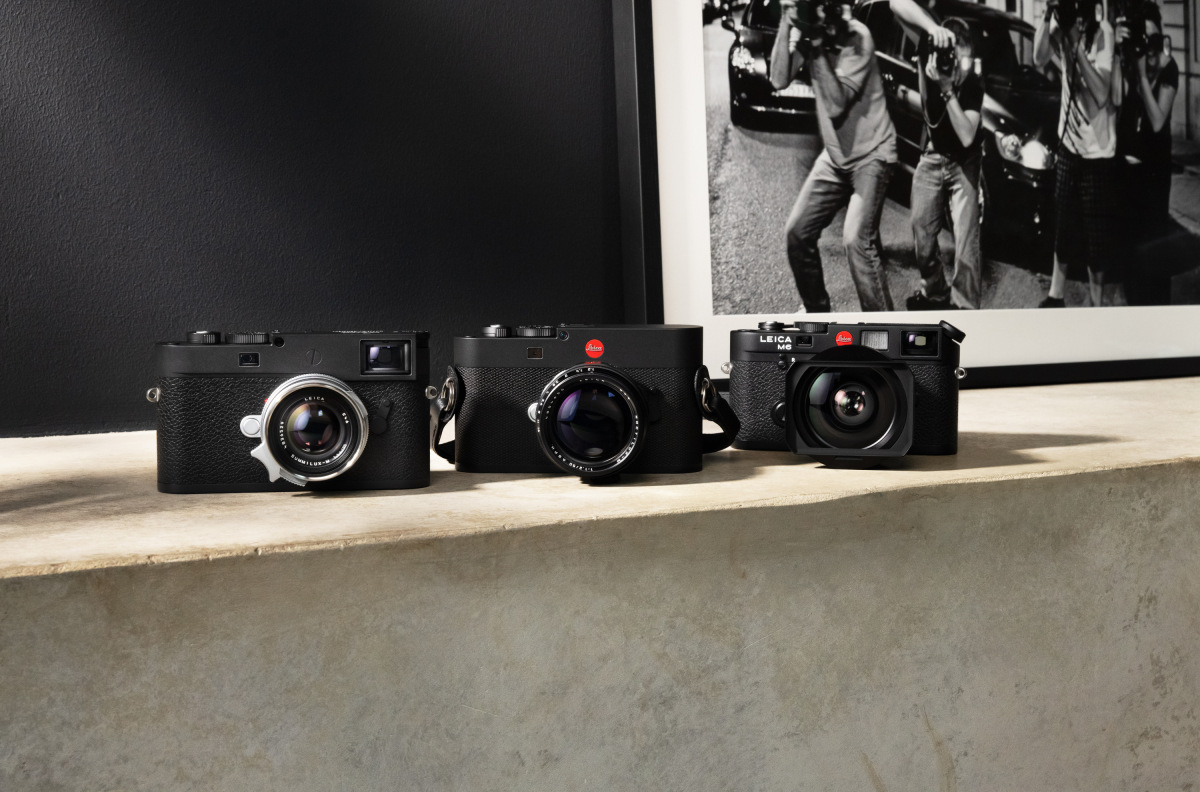
At first glance, the M EV1 looks and feels very much like a familiar digital M. But the optical rangefinder window is gone, replaced by a seemlessly integrated electronic viewfinder. Judging by the specs, the looks of the eyecup, and the experience through the eye, the EVF appears to be the same outstanding 5.76-megapixel 1/2″ OLED panel used in the Leica Q3. It’s crisp, bright, and fluid, with a 0.76× magnification that makes composition and focus effortless in most lighting conditions.
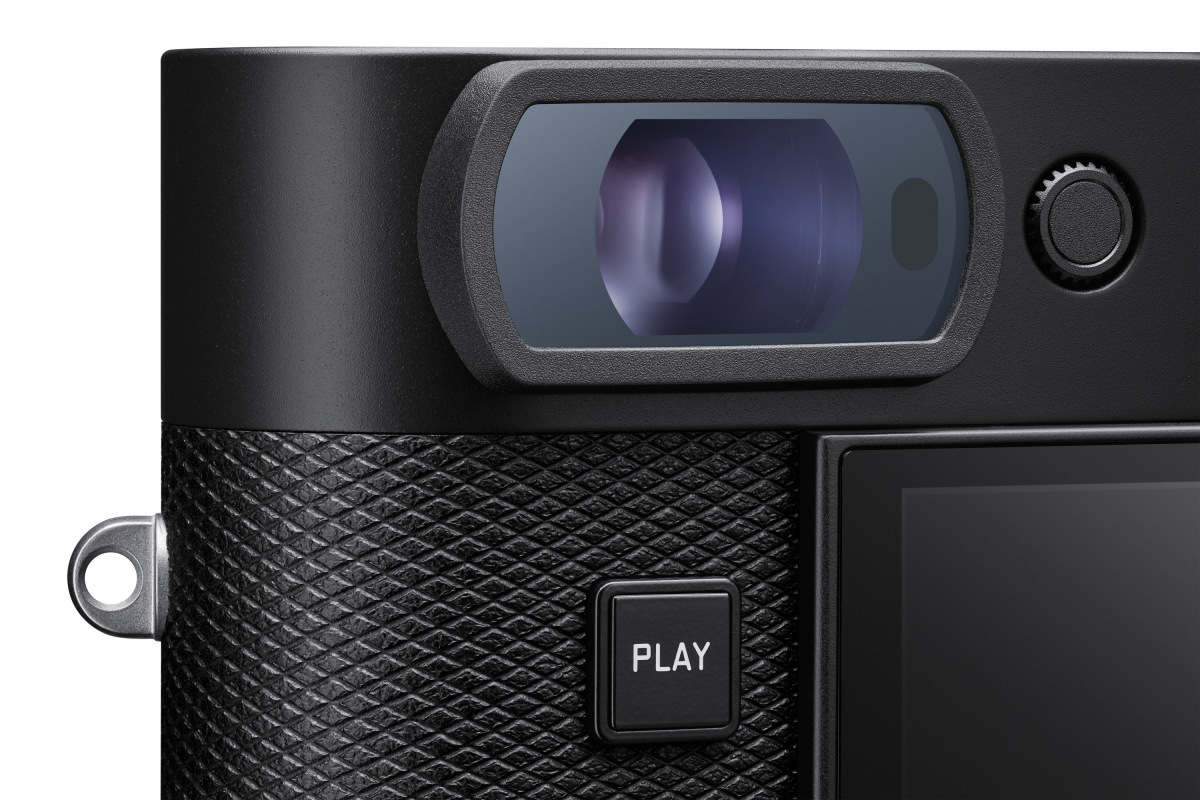
Auto or manual focus magnification and focus peaking make it easy to nail focus, whether using a 21mm Super-Elmar or a 90mm APO-Summicron. The new multifunction lever on the front of the camera replaces the traditional frameline preview lever, allowing quick toggling between focus assist modes, all without taking your eye off the viewfinder. Currently, the lever can be assiged to activate peaking, magnification, or activating 1.3 or 1.8x digtal zoom modes. I'd love to see more options available for this lever. As typical for modern Leica cameras, the function assignment menu can be activated with a long hold.
While the new viewfinder is the headlining change here, one of the first things you'll notice when picking up the M EV1 is its weight, or rather, the lack of it. The camera sheds 50 grams from the already lighter M11 black. While that doesn't seem like much on paper, it’s immediately apparent in hand or on a strap. But even with the lighter heft, the camera doesn't feel flimsy. It still has that super solid M feel and the balance feels just right, especially with more compact M lenses. For heavier glass though, I'd recommend putting on a grip and the the thumb support.
The simplified design, now without the rangefinder mechanism or ISO dial, allows for a cleaner front and a diamond-pattern leatherette that provides a confident, tactile grip. A nice side benefit of the EVF integration is that you can finally use a thumb support while shooting in live view, something that wasn’t possible when using the external Visoflex on the M11. Previously, you'd have to choose between the better feel and balnce of the thumb support or the convenience and accurate framing of the Visoflex. Now, you get the best of both all the time. For my shooting, the thumb support never came off the camera. I'd go so far as to say it's a must-have for anyone shooting with the M EV1.

Inside, the M EV1 shares the same proven foundation as the Leica M11. It features the 60-megapixel BSI CMOS full-frame sensor with Triple Resolution Technology, paired with the fast and efficient Maestro III processor. Expect the same outstanding color rendition, detail, and 15+ stop dynamic range that have made the M11 one of the most capable Ms ever.
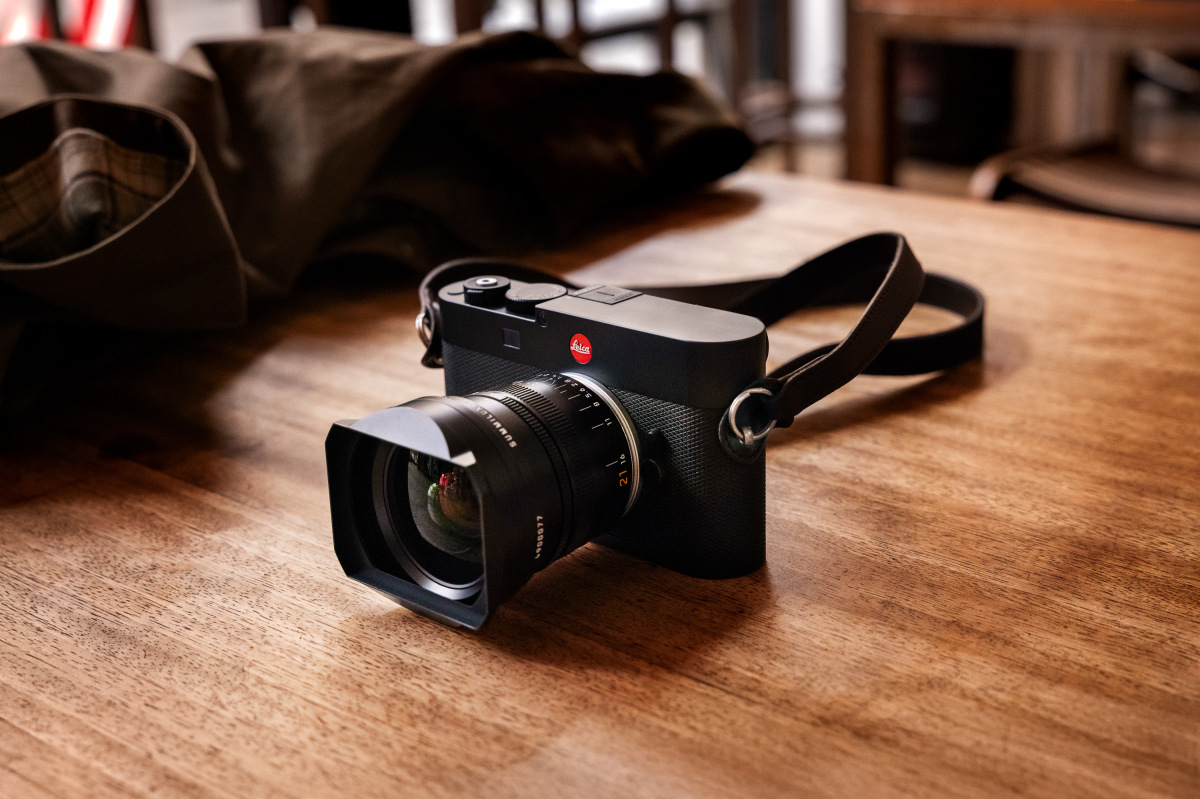
The camera also includes 64 GB of internal memory, dual-band Wi-Fi and Bluetooth connectivity for use with the Leica FOTOS app, and USB-C power input. Like the M11-P and M11-D, the M EV1 supports Leica Content Credentials, embedding digital authenticity verification directly into image metadata with hardware encryption.
The M EV1 retains the timeless, minimalist build quality Leica is known for. The solid metal body, constructed from magnesium and aluminum, is assembled by hand in Wetzlar, Germany. With its understated front, refined leatherette, and reduced weight, it feels like a distillation of everything that makes an M an M, just with a completely modern way to see through it.
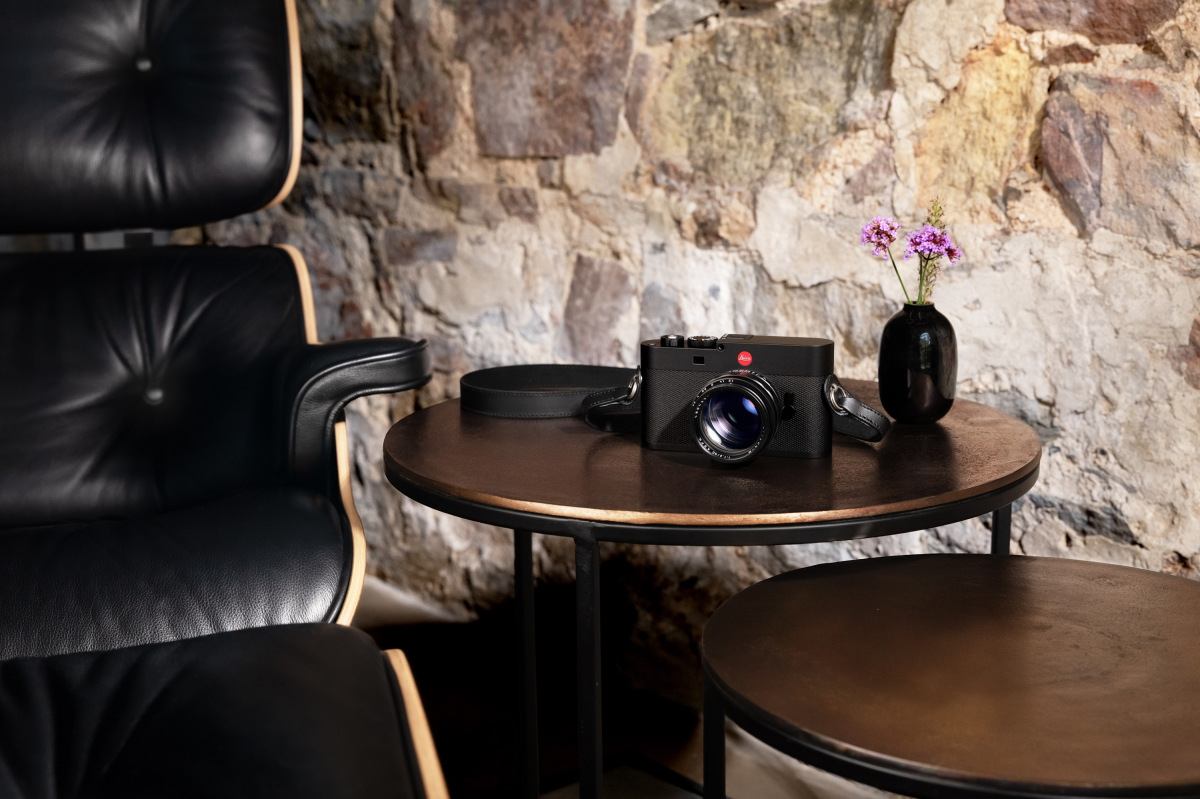
In the United States, availability will follow pending completion of the required FCC listing and publication process. Until authorization is obtained, the device cannot be offered for sale or lease, delivered to end users, displayed, or operated in the U.S. Leica Camera Inc. will share an update once the domestic release timeline has been confirmed. You can put your name on a waitlist to be contacted once the camera is avaibale for sale.
| Camera Name | Leica M EV1 |
| Camera Type | Full-frame digital M-System camera with integrated electronic viewfinder |
| Sensor | 60 MP full-frame BSI CMOS sensor with Triple Resolution Technology (60 / 36 / 18 MP) |
| Processor | Leica Maestro III |
| Viewfinder | 5.76 MP OLED electronic viewfinder (0.5″), 0.76× magnification, integrated diopter adjustment –4 to +2 dpt, automatic eye sensor switching |
| Display | 2.95″ TFT LCD with Gorilla Glass, 2.3 million dots, touch control |
| Focus Assist | Focus Peaking, Focus Magnification (2× steps), Digital Zoom (1.3× / 1.8×) |
| Exposure Modes | Aperture Priority (A), Manual (M) |
| ISO Range | ISO 64–50,000 (Auto and Manual) |
| Shutter | Mechanical: 60 min – 1/4000 s; Electronic: 60 s – 1/16000 s; Flash sync up to 1/180 s |
| Continuous Shooting | Up to 4.5 fps |
| Storage | SD/SDHC/SDXC (UHS-II compatible) + 64 GB internal memory |
| Connectivity | USB-C (3.1 Gen 1), Wi-Fi 2.4 / 5 GHz, Bluetooth v4.2, compatible with Leica FOTOS app |
| Battery | Leica BP-SCL7 rechargeable Li-ion, approx. 240–250 shots (CIPA) |
| Build | Full-metal housing made of magnesium and aluminum with diamond-pattern leatherette |
| Dimensions (W × H × D) | Approx. 138.8 × 80.3 × 59.9 mm |
| Weight | Approx. 484 g (with battery), 402 g (without battery) |
| Included Accessories | Battery BP-SCL7, USB-C cable, carrying strap, quick start guide |
| Made In | Germany |
Leica Introduces the M EV1 – The First M Camera with an Integrated Electronic Viewfinder
Teaneck, NJ – October 23, 2025 – Leica Camera AG has announced the Leica M EV1, a groundbreaking addition to the legendary M-System and the first M-Camera to feature a built-in electronic viewfinder. Blending classic Leica design with contemporary technology, the M EV1 opens a new chapter for M photographers by combining the tactile simplicity of a traditional M with the flexibility and precision of a high-resolution EVF.
The M EV1 establishes a third category within the M lineup, joining the digital and analog rangefinder models with an all-new segment dedicated to electronic viewfinder M-Cameras.
The integrated 5.76-megapixel OLED viewfinder provides an exceptionally clear, bright image with true-to-life color and a full field of view. It appears to share the same high-quality EVF module found in the Leica Q3, offering smooth 60 fps refresh and a comfortable 0.76× magnification. Photographers can preview exposure and composition exactly as they will appear in the final image, with all key settings visible yet unobtrusive.
Manual focusing is aided by Focus Peaking, Focus Magnification, and Digital Zoom modes, all of which can be activated via a new multifunction lever located where the traditional frame selector would be. Integrated diopter compensation from –4 to +2 dpt ensures comfortable use for every shooting style.
Despite the technological upgrade, the M EV1 remains unmistakably an M. The clean front design, now without the rangefinder window or ISO dial, features a refined diamond-pattern leatherette. The body is notably lighter than previous digital M cameras, resulting in improved balance and handling. A welcome benefit of the integrated EVF is that a thumb support can now be used during live view shooting—something not possible when using the external Visoflex on the M11.
Internally, the M EV1 shares the same foundation as the M11. It employs the renowned 60-megapixel full-frame BSI CMOS sensor with Triple Resolution Technology and the fast Maestro III processor, delivering exceptional image quality, dynamic range, and tonal depth. The camera includes 64 GB of internal memory and offers connectivity through USB-C, dual-band Wi-Fi, and Bluetooth v5.0 for seamless integration with the Leica FOTOS app.
Like the M11-P and M11-D, the M EV1 supports Leica Content Credentials, embedding encrypted authenticity data within each image to verify provenance and editing history in compliance with the Content Authenticity Initiative (CAI).
Handmade in Germany, the Leica M EV1 reflects Leica’s long-standing tradition of precision engineering and minimalist design. Its full-metal body of magnesium and aluminum underscores the company’s commitment to durability and craftsmanship
For other articles on this blog please click on Blog Archive in the column to the right
.